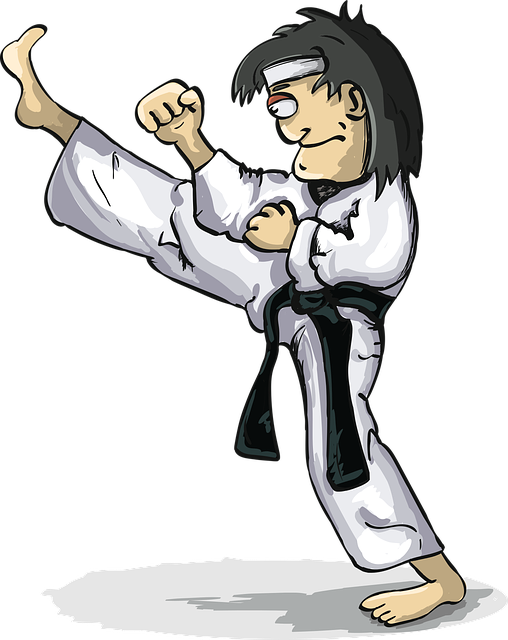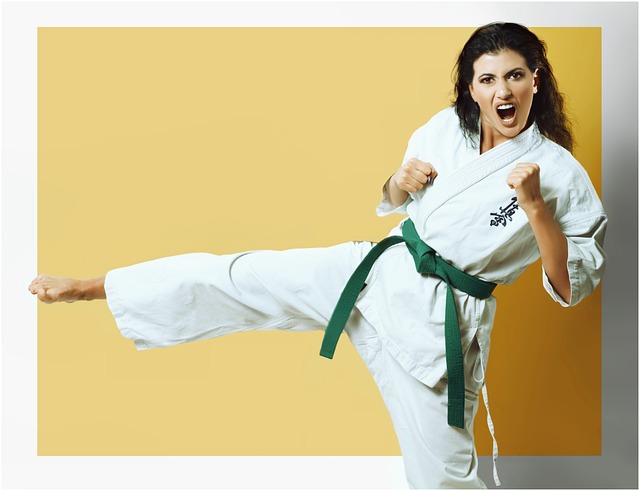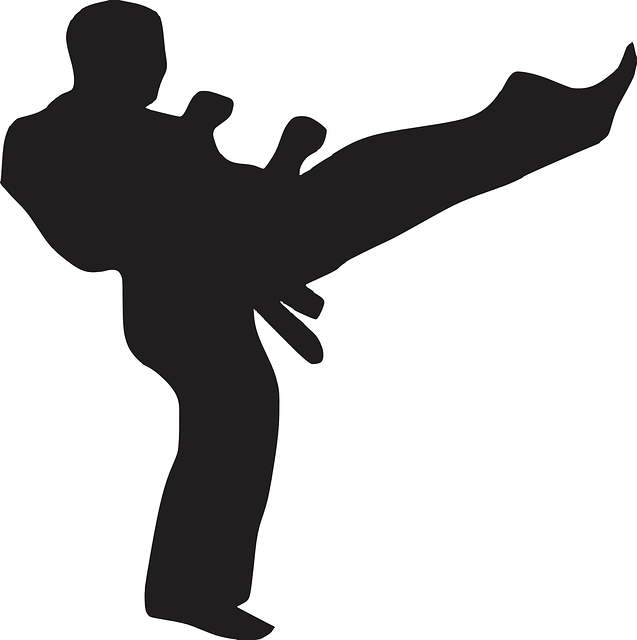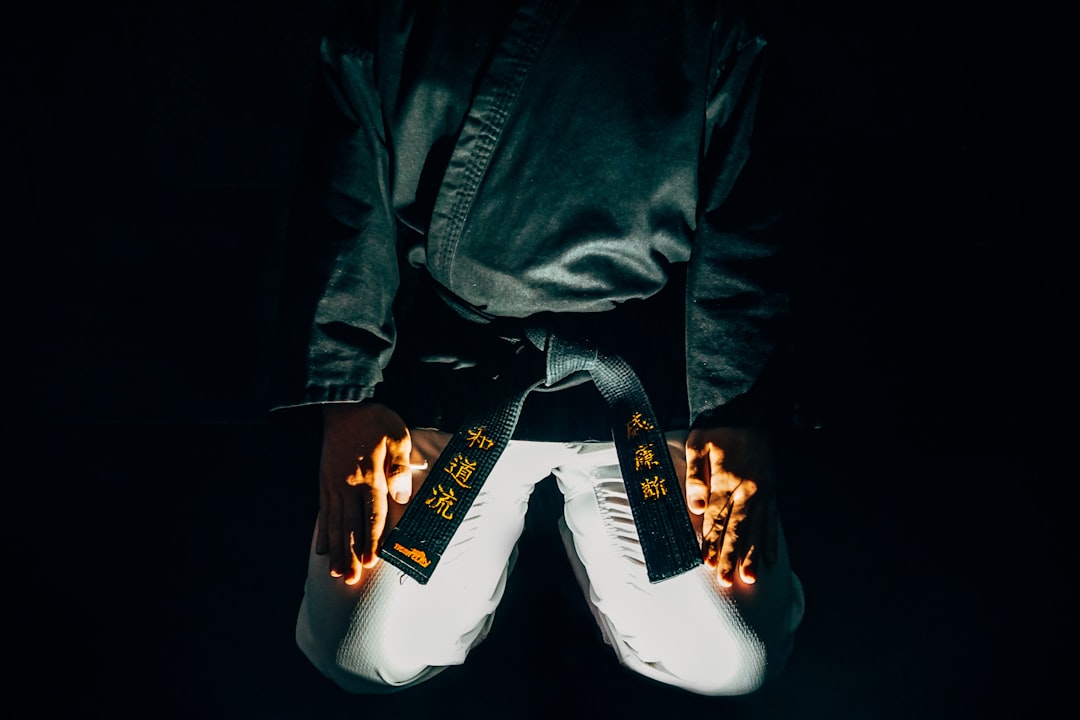Decoding the Dojo: The Essentials of Karate Gi and Belt Attire
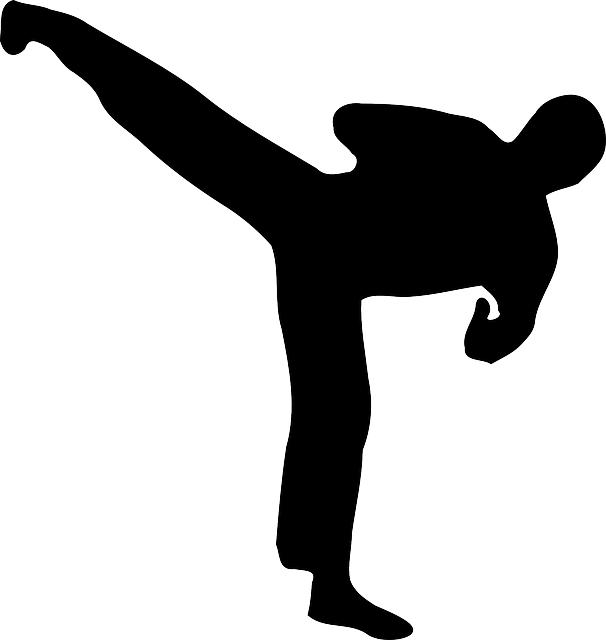
When stepping onto the karate dojo floor, one's attire is a reflection of discipline and respect for the martial art. A traditional karate outfit, commonly known as a Gi, is…

